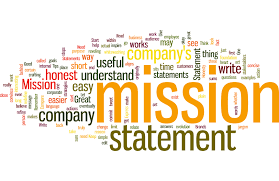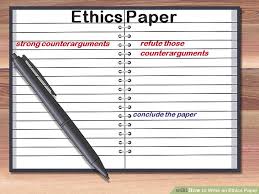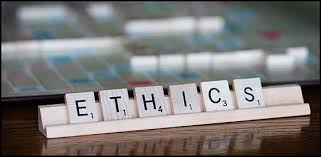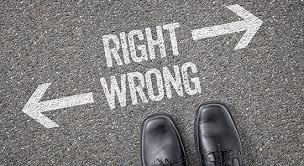Mission Statements on Ethical Concerns or Problems Objectives: Write a short analytical paper that compares two mission statements in different companies or public institutions in your field. More specifically, your paper should address how these documents address ethical concerns or problems.

Essentially, you are investigating how the mission statements demonstrated or failed to represent the seriousness of ethical problems and audience needs in your field. Consider also how these mission statements contribute or ignore the ethical practices of the licensing bodies in your profession. Access the following links as possible resources to consider ethical practices and norms in your profession.
1. PRSA (Public Relations): https://www.prsa.org/ethics/code-of-ethics/
2. AoIR (Association of Internet Researchers): https://aoir.org/ethics/
3. ACM (Association for Computing Machinery): https://www.acm.org/code-of-ethics
In your response, pay attention to how both documents represent or ignore the needs of their audience. These audience needs may include physical materials or resources, access to services, or appropriate representation in legal, political, or organizational spheres. In addition to mission statements, you may also look at legal cases, reports of organizational oversight, and company disbanding or merges as possible scenarios that display ethical problems. Be as specific as possible as you reference the documents’ audience demographics. You may find that you need to conduct more research on a company or organization to understand which demographics have or have not been historically impacted by these documents. Research citations may include company newsletters, academic journal searches, or public governmental data.
Composing Suggestions: You may reference the class mission statement guide in the Project 1 folder as a reference when deciding how you will read both documents. I would recommend that you annotate both documents before you write your response. Your paper may be written in the first person, but it must contain an introduction, body paragraphs with transitions, and a conclusion that sums up your analysis and introduces new insights about these ethical issues. Your introduction should be concise; avoid writing a generic introductory paragraph that proposes general claims about a topic. Instead, use the introductory paragraph to portray new perspectives on how these ethical issues emerge, and how audiences are influenced by these mission statements.
Length: 2-3 pages, single-spaced with MLA formatting and accompanying Works Cited page. Refer to the Purdue OWL page on citations for guidance.
Points: 10 Points
Due: February 1, by 11:59 PM on Blackboard












